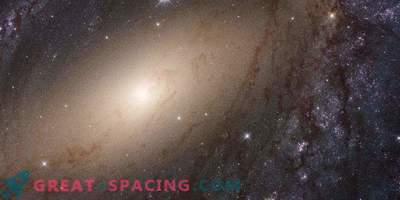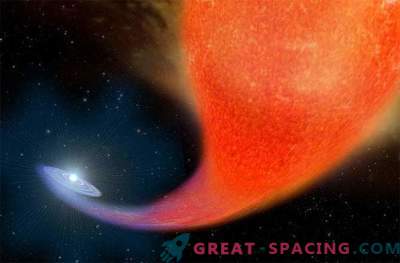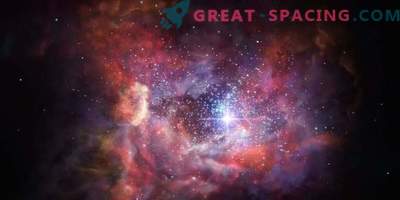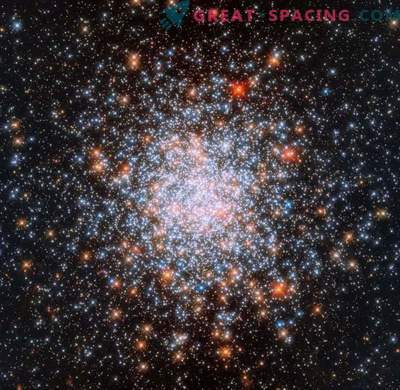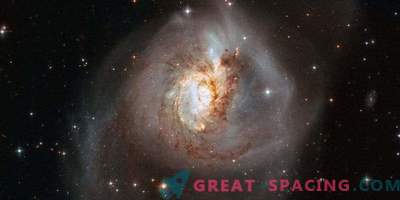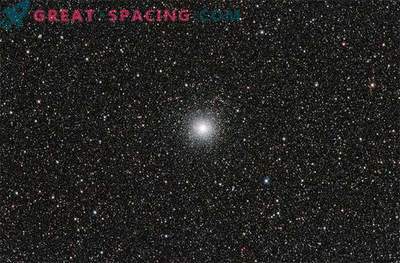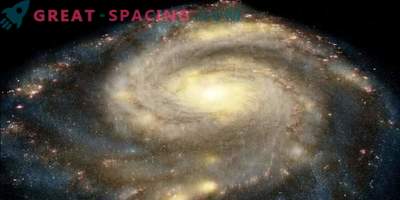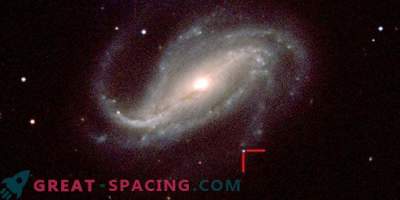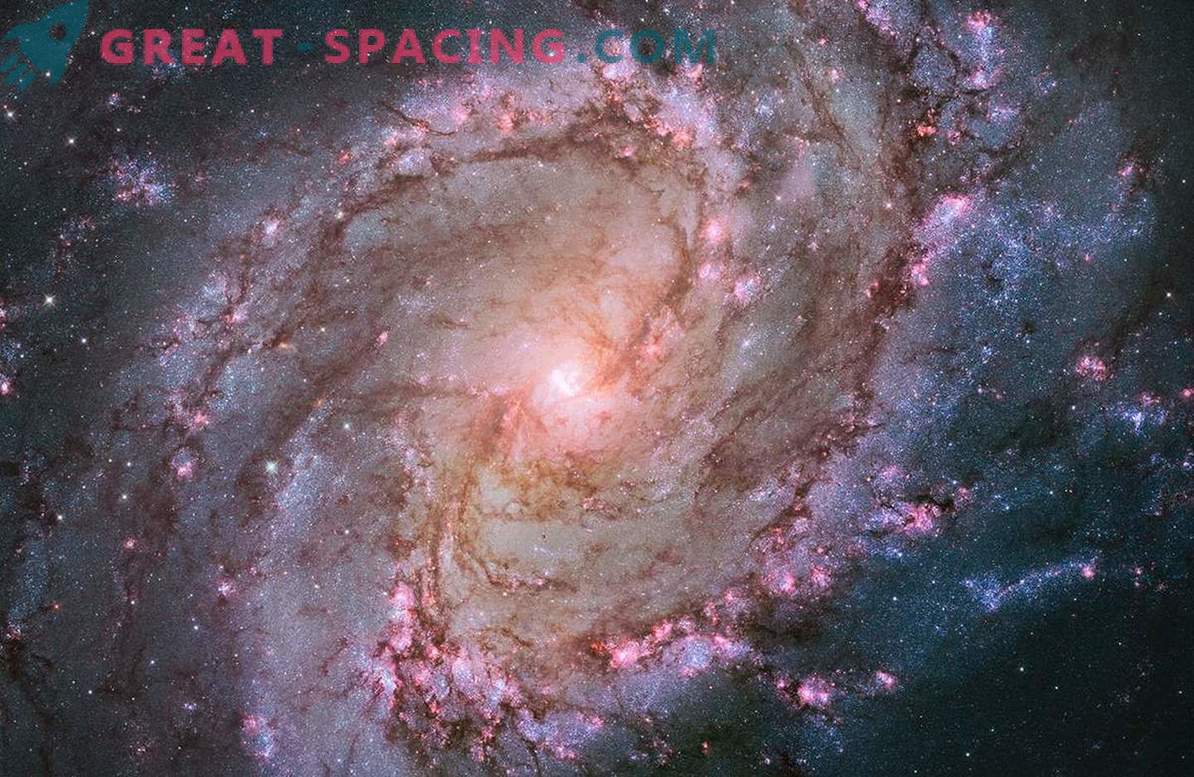
A favorite and quite photogenic target for amateur astronomers, the extraordinarily beautiful nearest spiral galaxy with the jumper M83 appears in all its beauty in this mosaic image from the Hubble Space Telescope. Bright cyan and magenta colors indicate that stormy star formation occurs in the galaxy. Galaxy M83, also known as the South Pinwheel, is located 15 million light-years from Earth in the constellation Hydra.
The Hubble image captures thousands of star clusters, hundreds of thousands of individual stars, as well as "ghosts" of dead stars or supernova remnants. Galactic panorama is a tapestry, which depicts the drama of the birth and death of stars, lasting 50,000 light years.
The newest generations of stars form mainly in clusters at the edges of dark spiral dust sleeves. These sparkling young star clusters, which are only a few million years old, emit a tremendous amount of ultraviolet light, which is absorbed by the surrounding diffuse gas clouds, thanks to which they glow with pinkish light of hydrogen.
Over time, the fierce stellar winds from the youngest, most massive stars will blow off all the gas, revealing bright blue star clusters and making spiral arms look like Swiss Cheese. These young clusters of stars are from about 1 to 10 million years old. Compared to them, groups of stars older than 100 million years look yellow or orange, since they no longer contain young blue stars. In this Hubble image, interstellar “bubbles” were discovered, formed by nearly 300 supernovae from massive stars. By studying these supernova remnants, astronomers can better understand the nature of the stars, which exploded and threw their chemical elements from nuclear reactions back into the galaxy, contributing to the formation of the next generation of young stars.
This image is used to support a civic science project called Star Data: M83. The main objective is to estimate the age of about 3,000 star clusters. Amateur scientists will use the presence or absence of pinkish hydrogen radiation, the sharpness of individual stars and the color of clusters to estimate age. Participants will measure the size of star clusters and any nebulae associated with radiation. Finally, civilian scientists will “explore” the image, identifying various objects, ranging from background galaxies and supernova remnants to foreground stars.
The Star Data Project: M83 is a collaborative effort between the Space Telescope Science Institute and Zooniverse, the creators of several civil science projects, including Galaxy Life (Galaxy Zoo), Planet Hunters and the Andromed Project. Project M83 is scheduled to launch on January 13, 2014.
